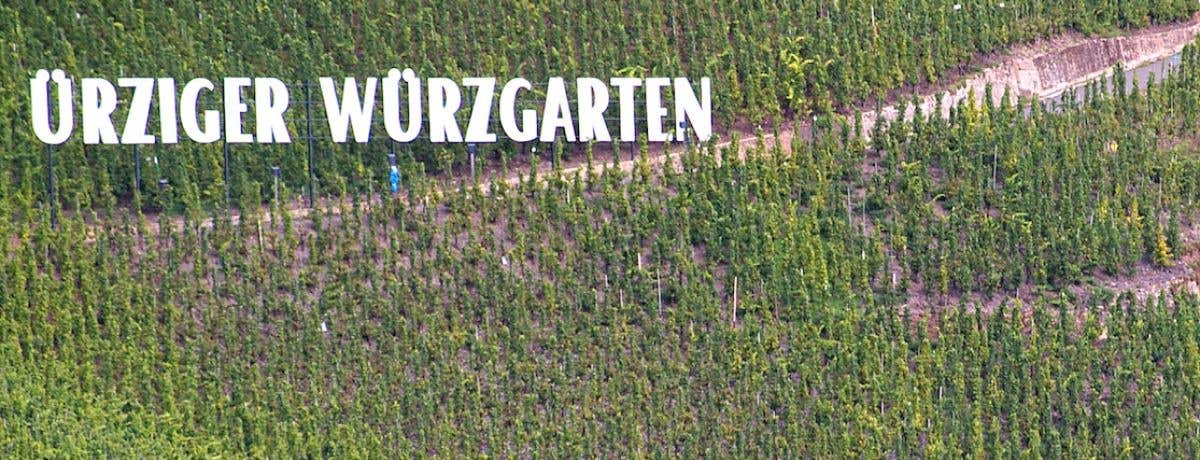Mosel

The vines which grow on the banks of the Mosel (Moselle in French) and its tributaries the Saar and the Ruwer constitute Germany's third biggest wine region in terms of area, but arguably its most important in terms of international prestige and dependence on viticulture. No other crop could economically be grown on the steepest, finest vineyards, and many of the thousands of small-scale vine growers in the region complain that vines are hardly economic at today's low prices. Some vineyards have even been abandoned and the overall vineyard area is gradually declining as vineyard workers become increasingly difficult to find. The large modern bottling plants which have sprouted in this extraordinary, green, essentially rural landscape process so much wine that the Mosel has become Germany's most important source of wine, even if by no means all of it was grown in the Mosel, or even Germany. The tourist village of Bernkastel is well used to supertankers thundering through it.
The Upper Mosel valley is uncannily like the English Lake District, with its late-Victorian mansions, slate and water everywhere, its permanent residents mainly nth generation farmers or caterers to the needs, real and confected, of the swarms of tourists attracted to the region.
This picture-postcard, steep-sided valley follows the meandering Mosel river, folding the land into such an irregular concertina that without the sun, visitors can be completely disorientated. Local vine growers, on the other hand, know that the great Riesling grape can be ripened only on the sunniest south- and south-west-facing sites, steep enough and close enough to the river to benefit from its function as mirror, on porous slate soils which not only drain away the region’s frequent surplus rainfall, but also retain daytime heat to act as night storage heaters.
These are the most labour-intensive vineyards in the world, requiring about seven times as many man-hours as, for example, the flat vineyards of the Médoc. In the Mosel it is said that each stake, up which individual vines are trained in order to allow vineyard workers the flexibility to work the vineyard on the horizontal rather than the more tiring vertical, must be visited at least seven times each year. Some of the slopes are so steep and so irregular that over the years some vineyard workers have even lost their lives tending these tenacious vines.
One of the most physically uncomfortable interviews I have ever had to conduct was talking, or rather listening, to Erni Loosen on the slopes of the Ürziger Würzgarten for my BBC television series. Keeping oneself vertical on a slope of even 30 degrees is exhausting, and many vineyards are far steeper than this.
As in Burgundy, where farming inheritance patterns are complicated by the fact that a few metres in one direction can dramatically affect the quality of the wine produced from it, and therefore the land's value, each vine grower tends to own tiny plots in many different named vineyards. In fact the difference in altitude or exposition can have an even more dramatic effect here in the Mosel than in the Côte d'Or because in some spots the Riesling vine may not stand much chance of ripening at all, and so an earlier-ripening but inevitably less glamorous variety may have to be planted instead. However, climate change does seem to be working to the advantage of many Mosel growers, even if it makes it more difficult to produce some of the most delicate styles in the warmest vintages.
The obliging Müller-Thurgau has been the obvious alternative vine variety here, and has been widely planted on flatter land that never had any hope of matching the Mosel's best sites. In fact its produce is so dull compared with the racy, nervy, tingling, long-lived essence that Mosel Riesling can be, that it fetches very little money. This, tragically, has had the effect of dampening selling prices for all Mosel wine, even that produced with such care and difficulty from the best sites. Many of the peasant farmers who make up the population of this narrow, isolated valley (regarded as on the fringes of civilisation by most Germans) are experiencing real financial hardship as a result of the fragile state of the German wine market.
The silver lining from the consumer's point of view of course is that top-quality Mosel is underpriced in relation to its quality. In view of the effort that goes into producing wine from the Mosel's steepest, most inaccessible sites, prices are almost ludicrously low – except for the best sweet BA and TBA rarities which generally sell at highly publicised auctions.
Best value in the Mosel tends to be in Kabinett and Spätlese wines made from the Riesling grape grown in an individual site from the likes of J J Christoffel, Clemens-Busch, Grans-Fassian, Fritz Haag, Reinhold Haart, Heymann-Löwenstein, von Hövel, Karlsmühle, Karthäuserhof, von Kesselstatt, Sybille Kuntz, Schloss Lieser, Dr Loosen, Carl Loewen, Egon Müller, von Othegraven, J J Prüm, Max Ferd Richter, Schloss Saarstein, St Urbans-Hof, Schaefer, von Schubert (Maximin Grünhäuser), Selbach-Oster, Dr Thanisch, Vollenweider, Van Volxem and Zilliken.
The Ruwer and particularly Saar valleys high upstream (just east of the Luxembourg border) produce some of the world's finest low-alcohol wines, many of them reaching barely 8 or 9% alcohol yet capable of ageing extremely well and being genuinely interesting thanks to their intensely fruity acidity and mineral-layered extract. The Middle Mosel, the stretch including Klüsserath, Trittenheim, Piesport, Brauneberg, Bernkastel, Graach, Wehlen, Zeltingen, Ürzig and Erden, produce some of the valley's most complete, longest-lasting wines.